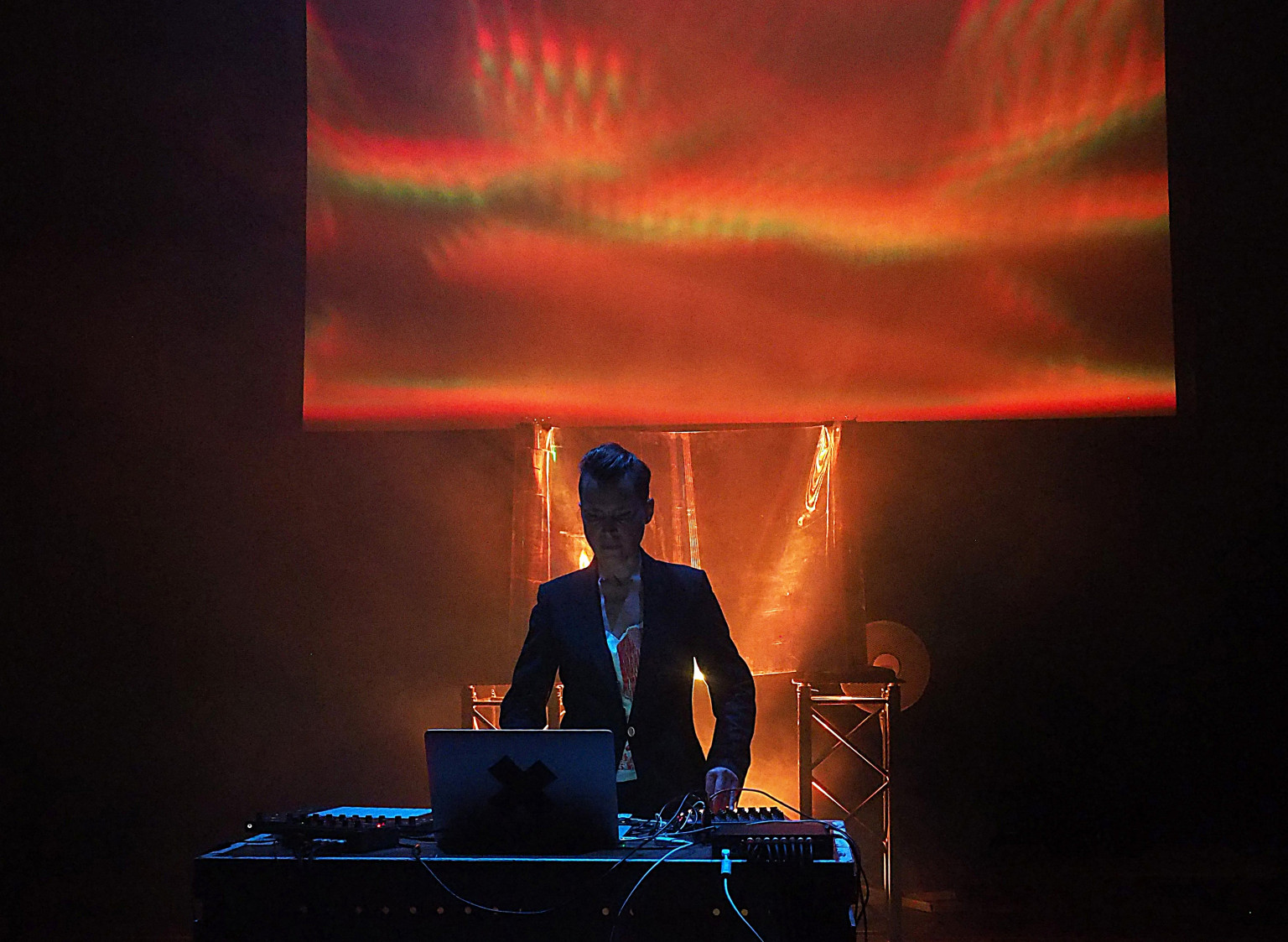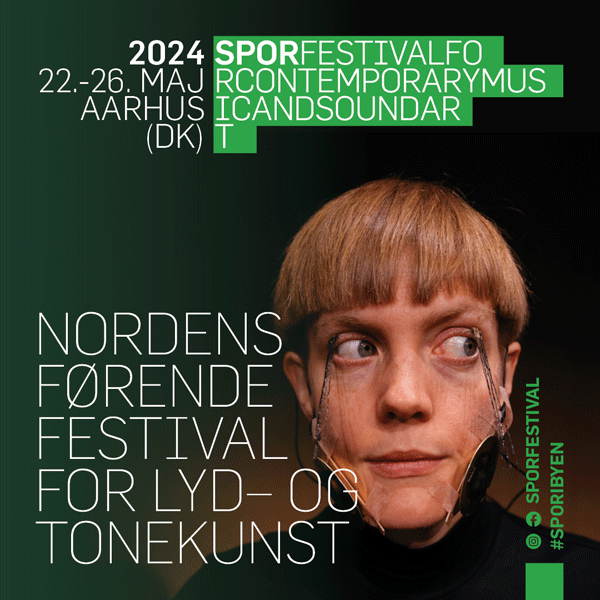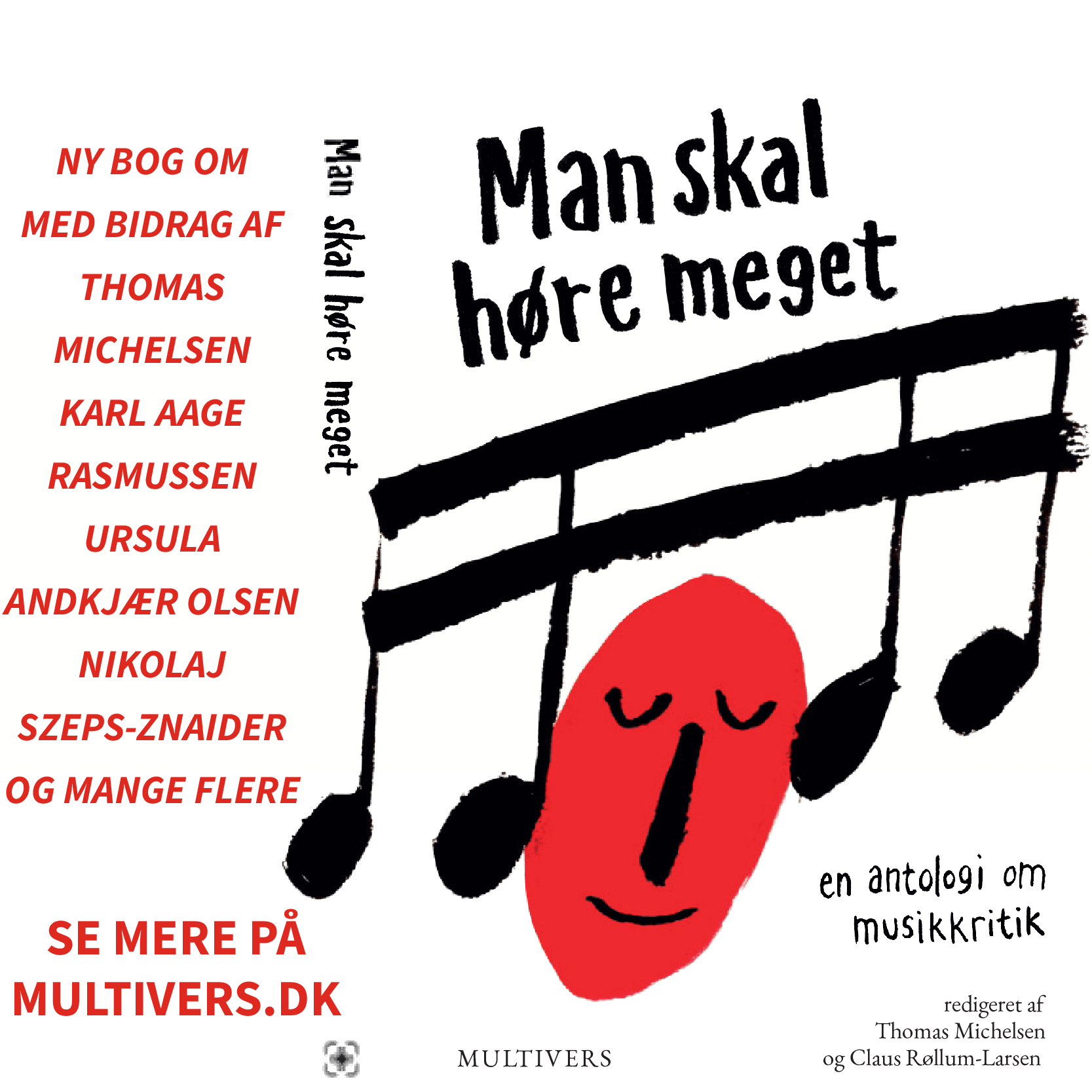
Heroines of Sound
A wide spectrum of genres was presented throughout the weekend inviting the audience to travel back in time, from 90s experimental music to industrial techno. The festival's curators Bettina Wackernagel, Mo Loschelder and Sabine Sanio chose to program early electronic music works, providing the audience with a historical context while sounding out previously marginalized voices. Each evening opened with a panel discussion; among the themes discussed were Women* in Music, Embodiment in Electronic music and Polish women* composers of electronic music - the asterisk here signifying the festival's more expansive understanding of gender identities.
With a typical Berlin summer monsoon as its backdrop, the festival opened with an evening in three parts: a panel titled Women* in Music: Visibility, Engagement, Networking, followed by a concert, then coming to an end with a late night upbeat electronic performance by Pilocka Krach.
This year featured a special focus on Polish pioneers of electronic music. The evening opened with the work of three composers, performed by the pianist and performer Malgorzata Walentynowicz. For Jagoda Szmytka’s Gameboy (2014) for sampler, voice and video, Walentynowicz entered the concert hall dressed in a magician’s outfit, controlling a sampler which transmitted to the speakers surrounding the audience gameboy sounds, fragmented voices, audience applauses and samples from David Lynch films. ”Good evening ladies and gentlemen”, Walentynowicz theatrically greeted the audience, while a video was projected on the screen behind her. The shaking of the camera together with the swivelling of the sounds created a dizzying surreal blur. Malgorzata Walentynowicz at Heroines of Sound, 2017
Malgorzata Walentynowicz at Heroines of Sound, 2017
The work of the Polish pioneer of acousmatic music Elżbieta Sikora was featured next. In Reflets Irisés (2005) for piano and live electronics, ten short electronic and acoustic fragments are woven into a web of sounds, creating a dialogue between the piano, blurred into a dense cloud of electronic textures, samples and pulsations.
Katarina Glowicka Sun Spot (2013) for piano and electronics to a video by Zuzanna Solakiewicz invited the audience to a listening meditation counterpointing classical composition with stretched sounds resulting in a (somewhat sentimental) drifting ambience.
Electric Indigo’s mesmerising performance of her new work Tolkowsky’s Cut (one of the two works commissioned for the festival) seemed to transform the concert hall into an industrial techno club. In 1919 the mathematician, physicist and engineer Marcel Tolkowsky discovered a mathematical formula of angles and curves resulting in the perfect shape of a diamond, allowing for ideal brilliance and dispersion. The eight-channel piece was composed after this model, inspired by its proportions. Playing with reflections, a rectangular metal sheet was positioned behind Electric Indigo, refracting the spotlight’s beams into multiple light rays mirroring them back towards the audience. Bit by bit, a realm of hollow metallic sounds evolved in the room, only to dissolve again into thin air. Electric Indigo at Heroines of Sound, 2017
Electric Indigo at Heroines of Sound, 2017
Iris ter Schiphorst’s Sometimes II (commissioned by Heroines of Sound) was premiered by ensemble Mosaik on Saturday night. Sometimes is a playful composition, paying tribute to Lars von Trier’s female protagonist, Bess, from Breaking the Waves, her voice occasionally emerging from the speakers: “sometimes – we have a spiritual contact”. I was particularly taken by the piece’s compact length—the music seemed to have everything - development, tension, humour, lush harmonies, noisy textures, flowing solos - and all in a fairly short amount of time (roughly 6 minutes). Ensemble Mosaik at Heroines of Sound, 2017
Ensemble Mosaik at Heroines of Sound, 2017
Jasmine Guffond’s performance of her latest album Traced, to visuals by Ilan Katin, filled the old machine hall with layers and layers of round sub-bass and bassy sounds, pulsations originating from machine sounds, fragments of voice, guitar motifs and drones. The soundscape evolved gradually, building tension, turning the listening experience into a strong physical experience; I noticed my breath cycles shortened while I dived deeply, listening to the music. In this work, Guffond investigates data generated from facial recognition systems and global monitoring networks, translating their algorithms into auditory shapes. Jasmine Guffund at Heroines of Sound, 2017
Jasmine Guffund at Heroines of Sound, 2017
Inviting the festival’s visitors to reflect and discuss themes related to female* activity in the music industry, each evening opened with a panel and discussion. During the opening panel - Women* in Music: Visibility, Engagement, Networking - festivals, databases, projects, venues and communities which are active supporting, promoting and empowering women* artists in the music industry were represented by ten participants. To name but a few: Female Pressure founded in 1998 by Susanne Krichmayr (aka Electric Indigo) is a network and an online database for female, non-binary and trans artists and activists in the field of electronic music and digital arts; Meetup Berlin, founded in 2016, is “a new and growing community of female and trans* artists in the fields of music and arts”; Ausland “is an independent venue for music, film, literature, performance and other artistic endeavours.” To reduce gender imbalance among Ausland’s performing artists, concert visitors and the composers taking part in the Ausland Collective, Ausland’s curators decided in 2015 to host no more than 50% men on stage and in the programing over the course of any given year. Last but not least, We Make Waves is a “showcase festival & conference, created for and by women and non-binary people active in music, with its first edition taking place in Berlin in November 2017.” This festival stood out, with its intention to establish a mentorship program for teenagers interested in developing within the industry.
As a graduate of classical music’s education system and a conservatory teacher myself, I was particularly taken by We Make Waves’ idea to mentor female* teenagers working within the field of electronic music. Clearly, these different organisations can’t approach each and every issue, but it was refreshing to hear about an organization approaching the early stage of a musician’s development (not only the commissions circle and money, money money). It seems important to acknowledge the work of female promoters, curators, writers and activists opening the door and creating opportunities for us performers and composers.
Gender relations in new music have been the talk of the town in the contemporary music community, especially since it took center stage during the international summer course for new music in Darmstadt (August 2016). And for good reasons. Heroines of Sound emphatically demonstrates that programming an all female festival with terrific work is more than possible, providing an inspiring example of an institution taking matters into its own hands.

